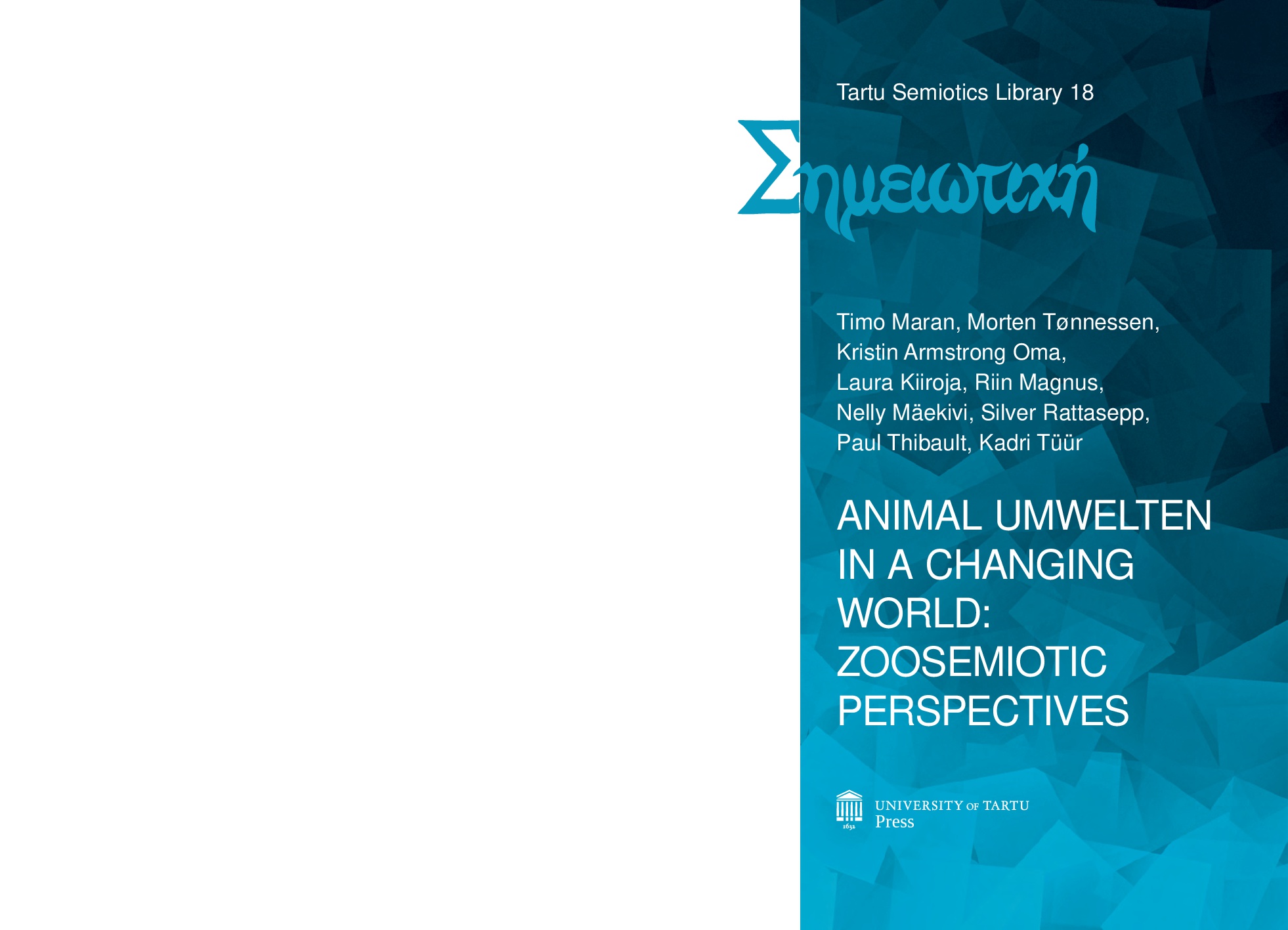Human perceptions of animals: a multimodal event analysis of interview data
Human perceptions of animals: a multimodal event analysis of interview data
Author(s): Morten Tønnessen, Paul J. ThibaultSubject(s): Sociobiology, Environmental interactions
Published by: Tartu Ülikooli Kirjastus
Summary/Abstract: This chapter presents fieldwork focused on people’s perception of wolves and selected animals the wolf is oft en perceived as being in conflict with (Skogen et al. 2013, cf. also SKANDULV). People’s perceptions of wolves are of interest for several reasons: first, because wolf management, even more than other wild predator management, is controversial; second, because wolves represent a charismatic species which has given rise to a rich array of cultural imagery; and third, because wolves are to some extent perceived as symbolic (i.e., representative) of other large carnivores – at least this is the case in the Scandinavian context (see Tønnessen 2010, 2011). Wolves have been reestablishing in Southern Scandinavia for about a generation, and the viability of the population has so far relied on continued migration (Vilà et al. 2003). Th e legal status of wolves in Norway, where the reported interviews were carried out, is complex – wolves are considered a protected species and generally accepted in a rather small “wolf zone” in the Central/Eastern Norway. However, in effect wolves are generally not tolerated outside this zone (though policies may vary in different regional “predator zones”). A majority of wolves die due to legal and illegal hunting, both of which are widespread. In Norway, wolves are particularly associated with predation on sheep, even though official data show that wolves are responsible for only 4–5% of reported predation on sheep, and that wolverines and lynx in particular account for much more of the predation on sheep (Rovdata, cf. also Skogen et al. 2008). Th is goes to show that the wolf is perceived as a symbol of large predators in general (and that the general public is not always well informed about actual wolf ecology). In certain regions of Norway, particularly in Central/Eastern Norway, wolves have provoked locals by attacking hunting dogs. In the far North, migrating wolves are occasionally involved in predation on reindeer – as are other large predators, including the Golden Eagle – which are herded by the Sami people. In all these cases, people’s livelihoods or traditions are at stake. While the discourse on wolf conservation is clearly related to animal representations (Tüür, Tønnessen 2014), then, it is also related to obvious material conflicts.
Journal: Tartu Semiotics Library
- Issue Year: 2016
- Issue No: 18
- Page Range: 68-108
- Page Count: 41
- Language: English
- Content File-PDF

